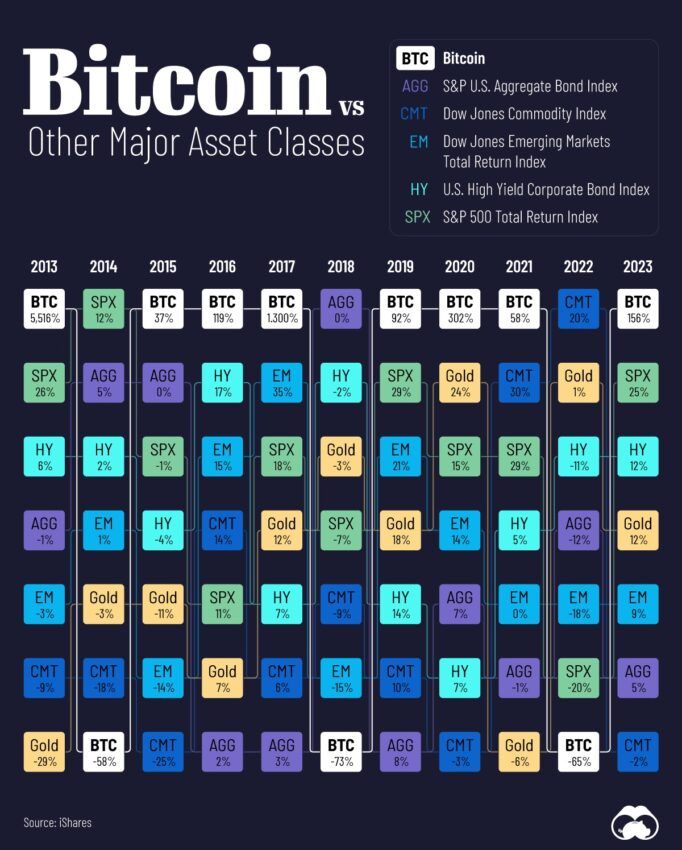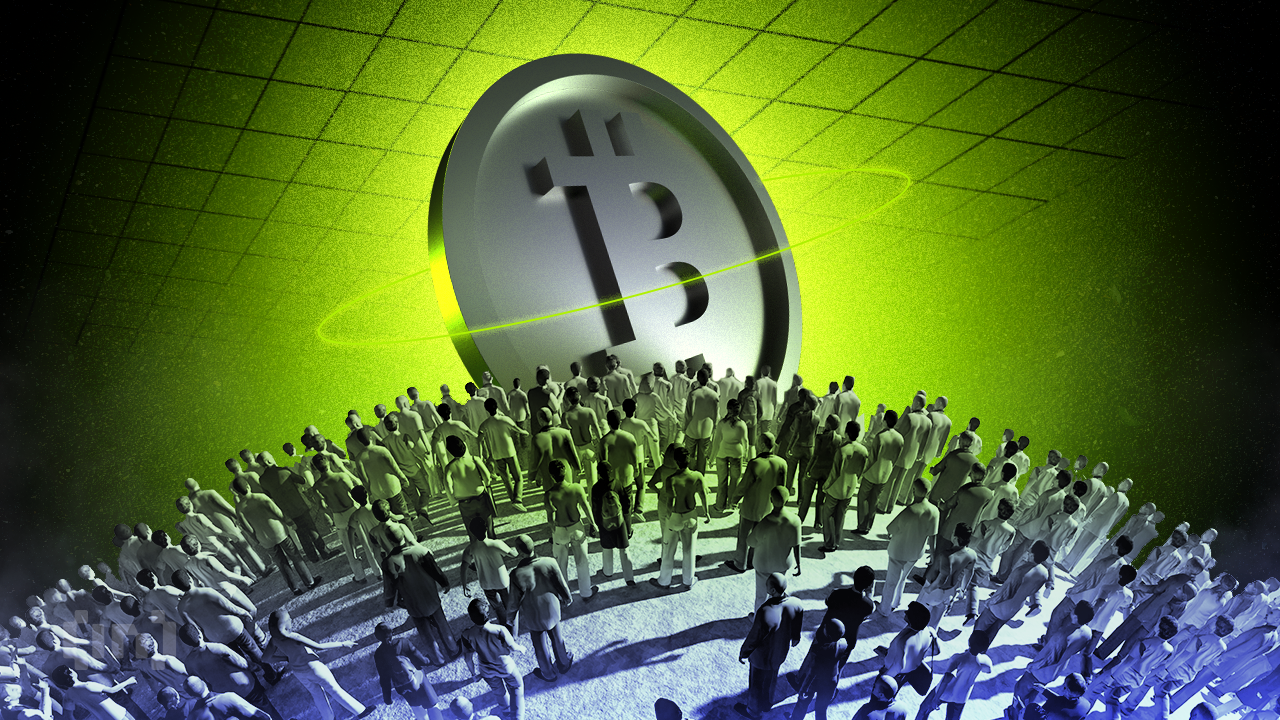Bitcoin is approaching another important milestone: its scheduled halving event. This is to programmatically reduce the rewards miners receive for confirming transactions.
Halvings are historically pivotal events that have impacted the value of Bitcoin and the broader cryptocurrency market.
Meeting growing demand through increased scarcity
Halvings occur approximately every four years and are part of Bitcoin’s unique monetary policy. It mimics the scarcity and value preservation of precious metals such as gold.
“Over the past various cycles, demand for Bitcoin has become increasingly higher while supply has remained the same. So from a macroeconomic perspective, more demand and equal supply drives prices up,” Sheraz Ahmed, managing partner at STORM Partners, told BeInCrypto.
In effect, halving adjusts the supply side of the equation because it reduces the rate at which new BTC is created. This has traditionally created optimism among investors. Essentially, as the flow of new coins decreases, competition for existing coins increases.
Read more: Bitcoin Halving Countdown
Given the growing participation of large institutional investors through Bitcoin exchange-traded funds (ETFs), the upcoming halving could further exacerbate this trend.
“If you look at Bitcoin ETFs in the US, they are gathering a lot of demand from players like pension funds and smaller institutional players. They are buying as much Bitcoin every day, sometimes as much as they can. The fact that there will be less Bitcoin mined due to the halving means it will be harder for them to meet that demand,” Ahmed added.
Likewise, countries like El Salvador have already begun diversifying some of their treasury assets into Bitcoin. This suggests widespread acceptance and normalization of Bitcoin as a mainstream financial asset. Additionally, as STORM analysts point out, government intervention could amplify demand pressures following the halving.
Bitcoin’s Steady Bull Market After Halving
These large purchases can stabilize Bitcoin’s price fluctuations. “I don’t think we’re going to see a dramatic uptick or downturn. But it will be very consistent. It will continue to grow,” Ahmed suggested, indicating the maturity of the market and his belief that Bitcoin is less volatile.
Read more: What happened at the last Bitcoin halving? Forecast for 2024
Some market participants use the halving event to predict Bitcoin price movements and trading strategies, but they also see it as a time to reflect on Bitcoin’s technological and regulatory developments. Many jurisdictions are creating regulatory frameworks that are more favorable to Bitcoin than other speculative cryptocurrency assets, which bodes well for mainstream adoption of Bitcoin.
For this reason, there is a growing belief that Bitcoin should be reclassified beyond just a cryptocurrency.
“I don’t think Bitcoin should be in the league of other cryptocurrencies. Bitcoin is its own beast and is very different from Ethereum or others. None of them compete with that. Bitcoin currently holds about 52% of the market share. I strongly believe that it should graduate from “crypto school” and become a real asset that can be traded against other commodities such as gold, silver, copper, etc.,” concluded Ahmed.

Going forward, Bitcoin’s total supply limit (only 21 million coins can be mined) raises interesting economic questions about what happens when all coins are minted. This scarcity could lead to significant changes in Bitcoin’s role in both the financial and technology sectors.
disclaimer
In accordance with Trust Project guidelines, these feature articles present the opinions and perspectives of industry experts or individuals. While BeInCrypto is committed to transparent reporting, the views expressed in this article do not necessarily reflect the views of BeInCrypto or its employees. Readers should independently verify the information and consult with professionals before making any decisions based on this content. Our Terms of Use, Privacy Policy and Disclaimer have been updated.

